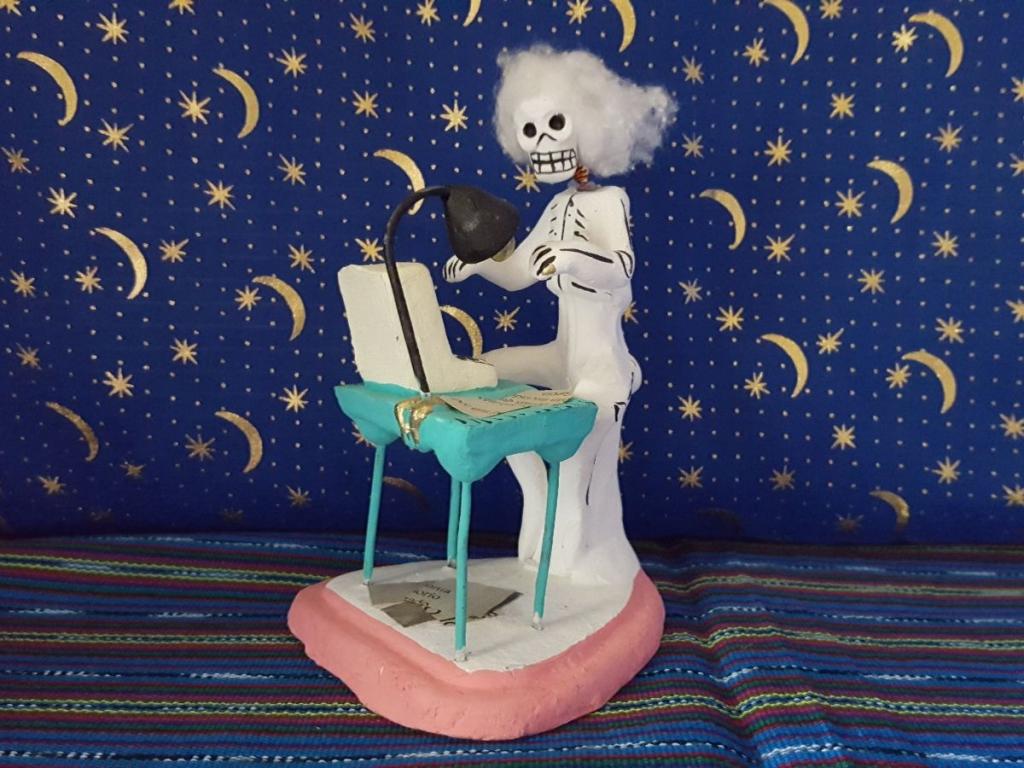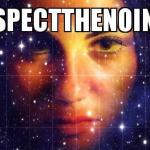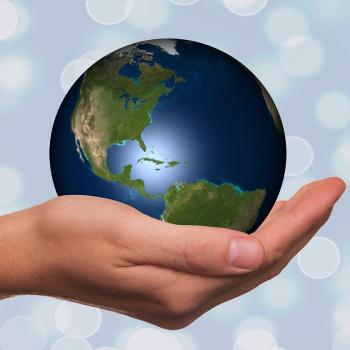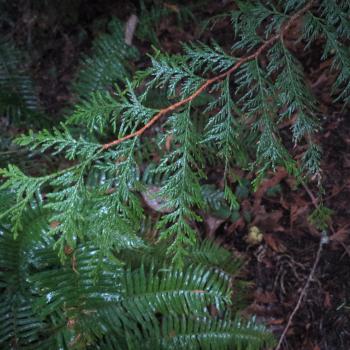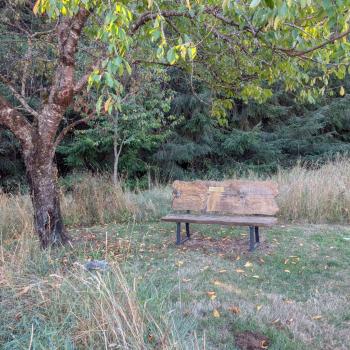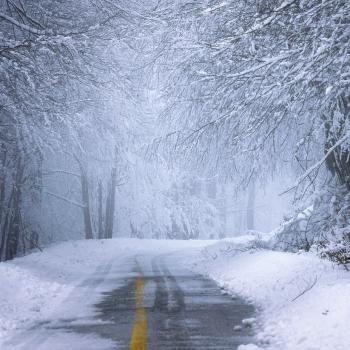One of the things I love about being a magician is that we face life head-on. Magic gives us the tools to cope with whatever happens. Part of dealing with life is facing the fact that it will one day come to an end. Our life is a transit– we were born into this world and we will cross from it to the otherworld when it is our time. Here are seven ways that magic has helped me to prepare myself and my family for that crossing.
One: Make a Will
Samhain, also known as Halloween, is a great time to revisit your paperwork. If you have a group you can do it together! Make it part of the Samhain festivities. Here’s a checklist.
- Write your will. If you’ve already got one, update it. Be sure to include your executor, your heirs, any special instructions for specific property, and guardians for your children and pets. You can use an online form or hire an attorney. When it’s done, sign it in the presence of witnesses and have them sign it too.
- Let your family know where your will is. If it’s in a safety deposit box they might not be able to get it without a court order, so be sure to give your executor legal authority to open it. If your attorney is holding it, make sure your family knows who that is.
- Fill out a living will that designates your end of life health care instructions. Let your family and executor know where that is too.
- If you are closer to your magical or chosen family than your birth family, or if you are not legally married to your partner(s), you may want to give a power of attorney to a friend or partner to handle your affairs if you are incapacitated to make sure they’re the ones making the decisions for you.
Two: Build Your Refuge
Some magical traditions instruct practitioners on how to build a place to go once you have crossed over. Dolores Ashcroft-Nowicki covers the topic thoroughly in
If you do astral or otherworld work or inner space work you might already have a place to go. This is different from the temple you might have built to do ritual work, it’s is a place where you can be comfortable. It can be a cozy cottage or bungalow. It can be a tent or yurt. It can be a luxurious room in a palatial mansion. Most importantly you should feel relaxed and safe in this place.
One handy tip in The New Book of the Dead is to have an entrance, some kind of door or gate, and to put a symbol on that door. Then if you find yourself standing in front of that symbol you will know that you’ve crossed over without warning, in an accident or in your sleep, and your place of refuge is there for you.
Three: Experience an Initiation
I can’t tell you how many times I’ve died in ritual. Death and rebirth is powerful metaphor for making a transition from one phase of life to another.
Ritual built on the idea of crossing is an effective way to mark entrance into a magical group. In this case the initiation does involve group membership, usually with oaths of secrecy and magical obligations, so you’ll want to be sure you are willing to make the commitment! On the other hand, preparing for death is one of the not-inconsiderable benefits of this kind of magical work.
Some Witchcraft or Wiccan initiations involve death and rebirth. Sacred Texts has a purported Gardnerian Second Degree initiation which includes this instruction: “to be reborn you must die and be ready for a new body; to die you must be born; without love you may not be born — and these be all the magics.”
The Ordo Templi Orientis Man of Earth initiations include a life cycle: the first degree is birth, second degree is life and the third degree “represents the Death of the individual”. There’s more information on the O.T.O. web site.
Some rituals focus entirely on preparing the initiate for the crossing. The Eleusinian Mysteries were celebrated in the ancient Greek world for a thousand years. Initiates reported that once they had experienced the mysteries they were no longer afraid of death. In the Orphic Mysteries initiates also learned not to drink the first water they encountered, the waters of Lethe which cause forgetfulness. Pagan groups re-enact both these mysteries – you might even be inspired to host a version yourself.
Four: Create a Crossing Meditation
Once you’ve taken care of the mundane details and have undergone a symbolic death and rebirth, you can deepen your understanding by meditating on the moment of death. After my O.T.O. third degree initiation I crafted a meditation based on Lama Lodo’s Bardo Teachings.
Lama Lodo describes the experience of the elements during the crossing. First comes the experience of earth: everything is falling apart and you cannot stand. Then water floods the universe and you become very thirsty. Next a great fire surrounds you and the body’s heat leaches away. With air a great storm surrounds you and the world is filled with a grinding sound. Then the experience of ether surrounds you with darkness. Finally the physical breath stops. I suspect that dryness is what causes the spirit to reach for the first water we see in the afterlife. Remember, avoid the waters of forgetfulness!
In The New Book of the Dead Ashcroft-Nowicki describes what happens next, the crackling sound as the subtle body separates from the physical body. Then you see the door with the symbol on it, enter there, and close the door behind you.
Five: Help Others Cross
Once you’ve meditated on what the process will be like from the inside it is helpful to see the process from the outside. The Greek word “psyche” which means “life” also means “breath” and seeing the last breath teaches you why. It’s is a noticeable event and the canonical time of death – write it down! Very suddenly the living person is gone and the body is left behind.
It’s a privilege to help someone die. My friend M. Macha Nightmare has taught me a great deal about this over the years, and her anthology The Pagan Book of Living and Dying (first titled “Crossing Over”) has many excellent essays, rituals and resources.
In The New Book of the Dead Ashcroft-Nowicki talks about the rituals magical groups and orders perform around the deathbed. The last breath is not the end of the process for the spirit. I’ve had the chance to walk part of the way across with my initiates. It’s very much a road, a motion forward. There’s always a moment where I have to let go and turn back while the person I’m walking with goes on. But they are never alone.
The last breath is also not the end of the process for the body. Many traditions note that it takes three days for all the processes of life to cease. My will specifies that my body should be cremated no sooner than three days after my death.
Six: Choose a Guide
Someone always comes to guide the soul on the crossing. Many people who have walked the road and turned back report that beloved relatives appeared to assist them. If you have an ancestor you would particularly like to see you can add that person into your crossing meditation and imagine seeing them on the road.
Initiates of the Eleusinian Mysteries and Orphic Mysteries almost certainly learned who would be guiding them and had a chance to meet Persephone. There are many deities and spirits who can assist the soul on the crossing: Hermes, Anubis, Shiva, Daena, Epona, the Valkyries, Azrael, Papa Gede, the Archangel Michael, Oya, Vanth, Dionysos. You may already have been introduced to a psychopomp in your tradition. If not you may check out the death-guide deities to see if one of them resonates with you. Hermes is a good choice, friendliest of all the gods!
Once you have chosen a psychopompos you might make a small altar for them, obtaining a statue or a picture, decorating it, and making an occasional offering. You can also direct a quick prayer to the deity when you are falling asleep. Here’s mine: “Hail Hermes Psychompos, grant me peaceful sleep, and lead me in my time through the paths of the shades to safe harbor among friends.”
Seven: Celebrate the Ancestors
The 24 hours between October 31 and November 1 are widely celebrated as time to contact the ancestors. Latin America celebrates The Day of the Dead, a Christian festival layered atop an Aztec one. The modern version involves sugar skulls, skeleton decorations, parties, and picnics in cemetaries. Pagans observe Samhain, the Celtic holy day when the veil between the living world and the otherworld thins and allows spirits to pass through. This has morphed into our Halloween, All Hallows Eve, when children dress in costumes, houses are decorated with skeletons, and kids and adults alike eat Halloween candy.
One way to celebrate is to make an ancestor altar. You can add pictures of those who have gone before you. Mine includes family members, initiates and coven mates, and magical friends who have crossed before me. I use colorful cloth and add day of the dead skeletons as decorations. You can make offerings of food and drink, especially items you know that your relatives enjoyed in life. Remember a chalice of water! You can also light incense.
The altar reconnects us with those who are on the other side. We may meditate at the altar and remember the people we have loved. This is a good time to petition the ancestor we have chosen to guide us.
Someday we too will join the ancestors on the altar. Day of the Dead decorations depict skeletons doing all kinds of activities – getting married, playing musical instruments, riding bicycles. I have a skeleton doll on my altar who is typing at a typewriter. That’s me! I place myself on the altar. It comforts me to know that when my time comes I know where I will be, and that I will be surrounded by relatives and friends.

